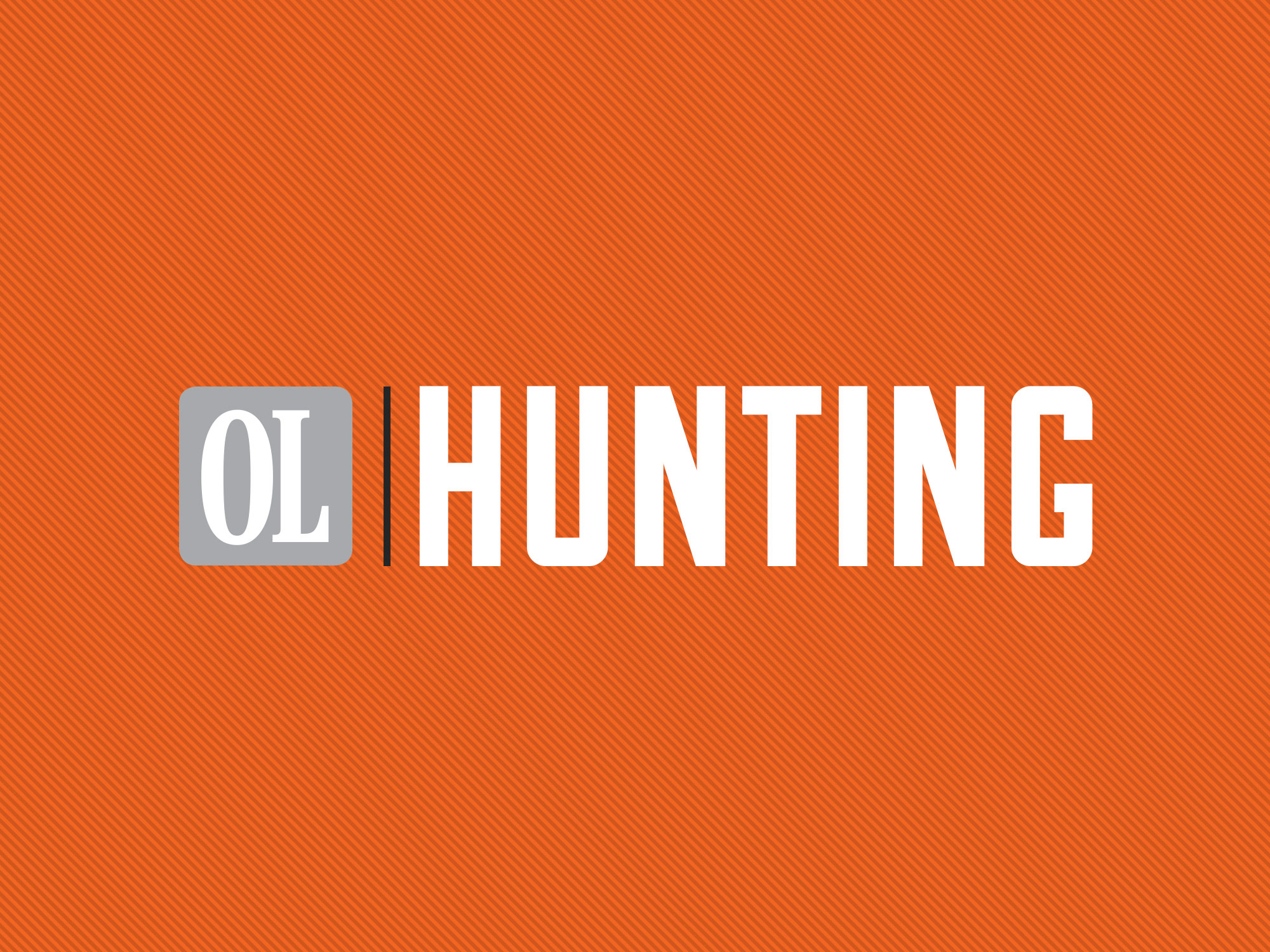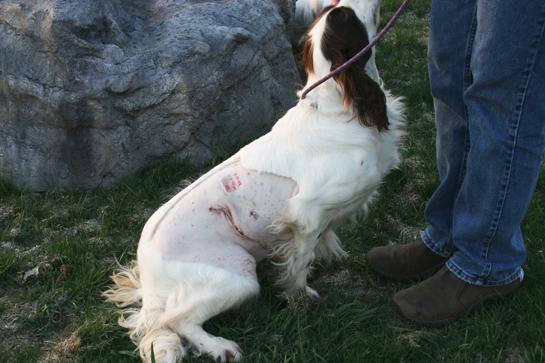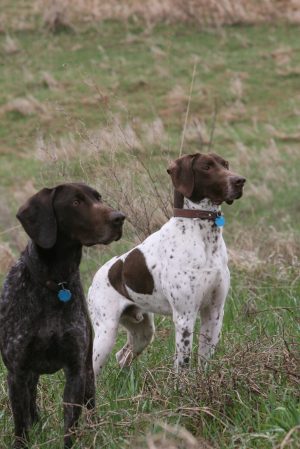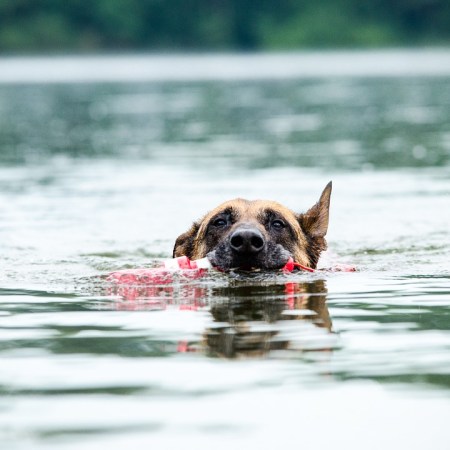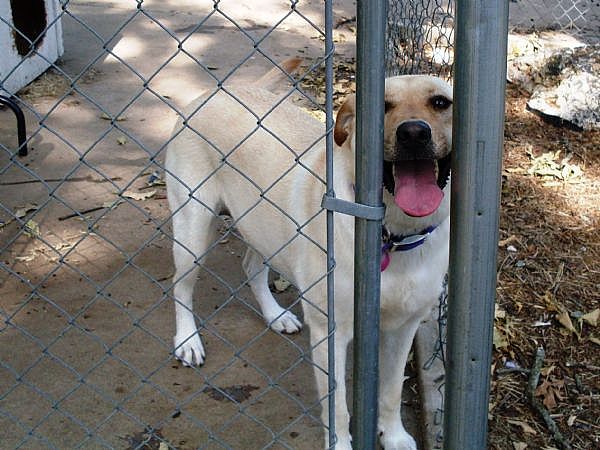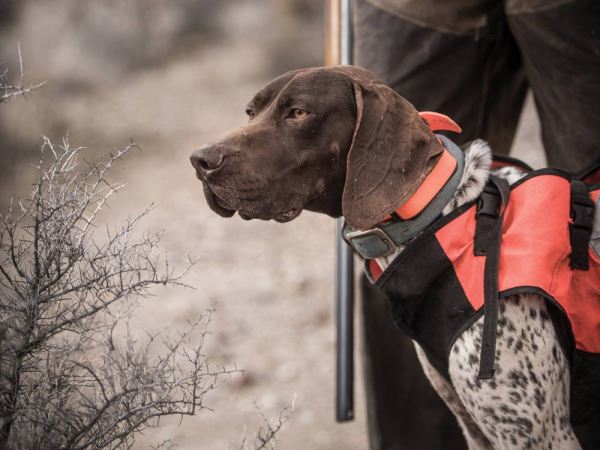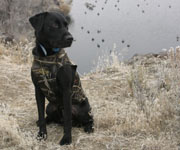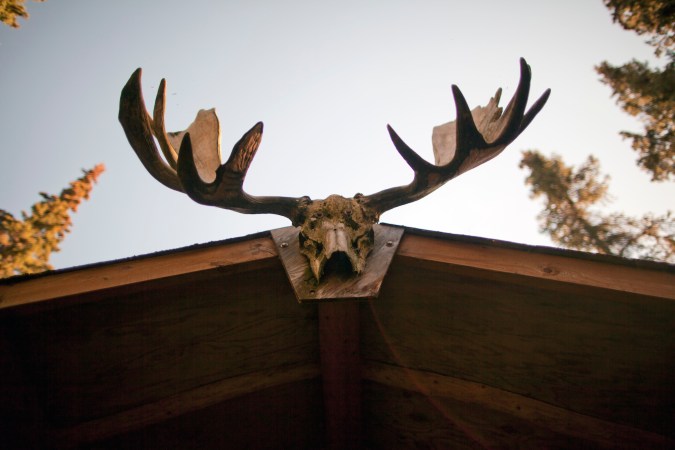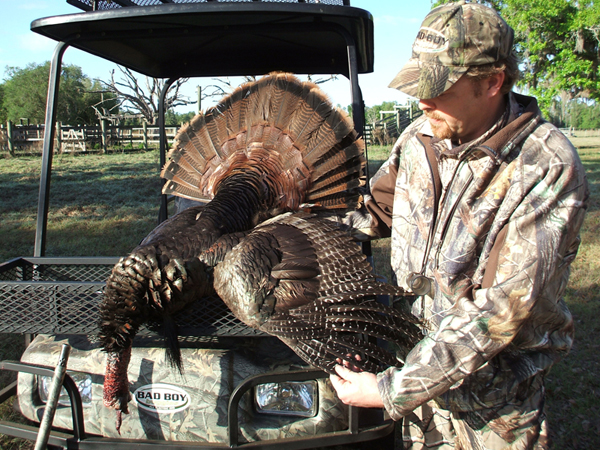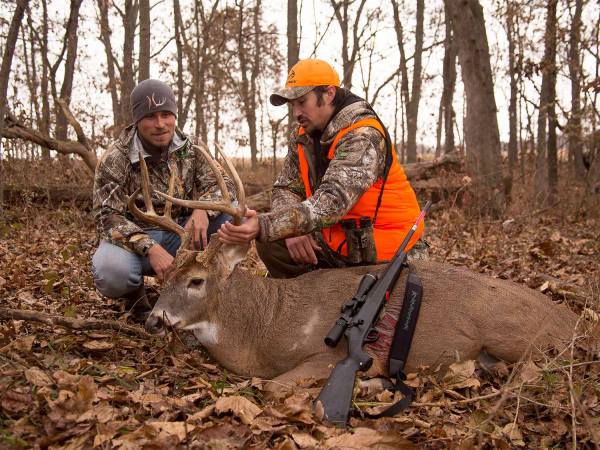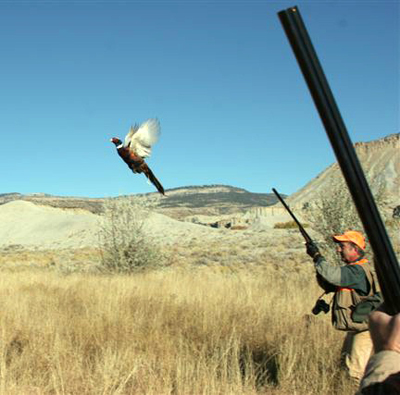Pet insurance has always been something that I’ve viewed as a rip off. It has seemed that you pay a premium and that nothing is actually covered. Preventative care, hereditary conditions, pre-existing conditions, medications and just about anything else isn’t covered.
Well, after a couple of days of presentations at Purina Farms, I’ve started to doubt my stance. Especially after some numbers were thrown out, in a completely non-related presentation, by the Canine Health Foundation and after following up on the mean seeds Grass Awn Project.
Did you know that Americans spend more than $2 billion per year on cruciate ligament ruptures in their dogs? What amounts to an ACL tear in human athletes is a multi-BILLION dollar industry in canines.
Everyone at the Canine Health Foundation’s presentation had to ask for clarification: billion or million? Surely it had to be million. But no, it was billion. With a capital “B.”
When you take into account that CLR treatment typically runs about $2,000-$3,000, it’s not too hard to imagine it actually being billion, but it still boggles the mind. And, during a break in the presentations I had a conversation with Purina pro Tom Dokken of Oak Ridge Kennels, he pointed out that after a dog has one CLR surgery, it’s usually just a matter of time before the ligament in the other joint goes… That’s $4,000 to $6,000 if you’re keeping track at home.
Given the high incidence of CLR in sporting breeds, a theoretical cause that might have nothing to do with the previous ideas of conformation or breeding but rather bacteria within the ligament sheaths; which is being studied by a grant from the Canine Health Foundation, and the expensive and time-consuming costs of treating grass awns, pet insurance is starting to look like a pretty good safety net.
“Vet schools don’t even have data on cases of grass awns because they get categorized under soft-tissue surgery, so we have no idea how many dogs are affected by it. Because we’re dealing with plant material, the stuff breaks apart and spreads through a body and you often have to deal with it multiple times,” says Cathy Lewis of meanseeds.com. “If you’re a heavy hunter or field-trial competitor and have concerns about this issue, it’s not a bad idea to consider a high-deductible insurance. I can tell you from personal experience that a $5,000 estimate at a vet school can quickly turn into a $12,000 bill.”
To that end, during multiple presentations at Purina Farms we learned about the company’s own insurance program. There are a couple of things I like about the program:
1) Because Purina is part of Nestle, the world’s largest food distributor, it insures itself; no third-party affiliate to worry about (something Purina learned the hard way) and 2) It’s benefits kick in sooner, most of the time within two weeks, than competing insurance plans (which mandate anywhere from 6 to 12 months for heredity issues or other claims to be covered).
Just like people, the sooner you get your dog enrolled, and depending upon the breed, the cheaper your premium. And, also like human insurance, the amount of your chosen deductible influences your premium.
For a free quote, that is visible right there on the screen and not emailed to you, check out Purina Care Pet Health Insurance.

